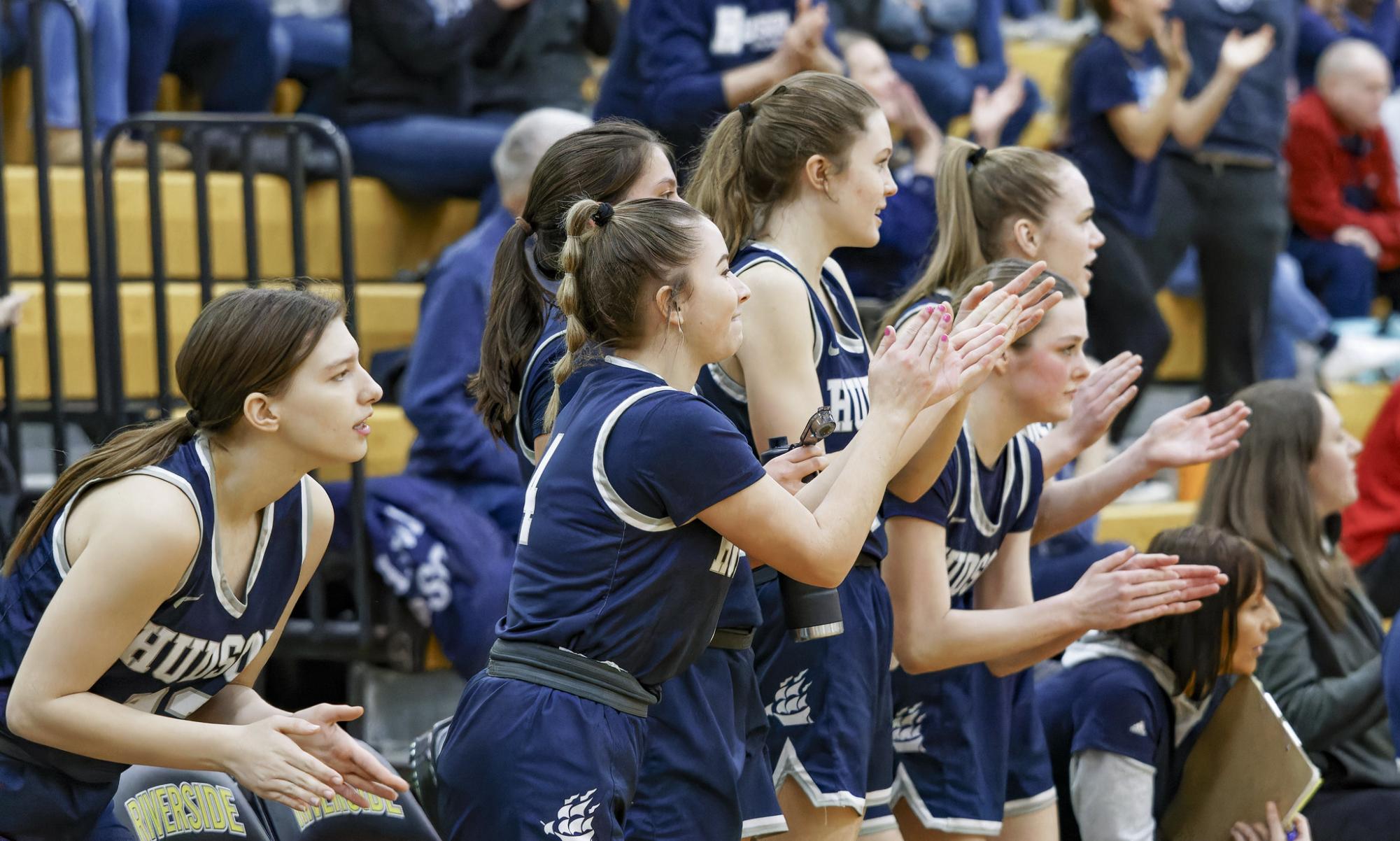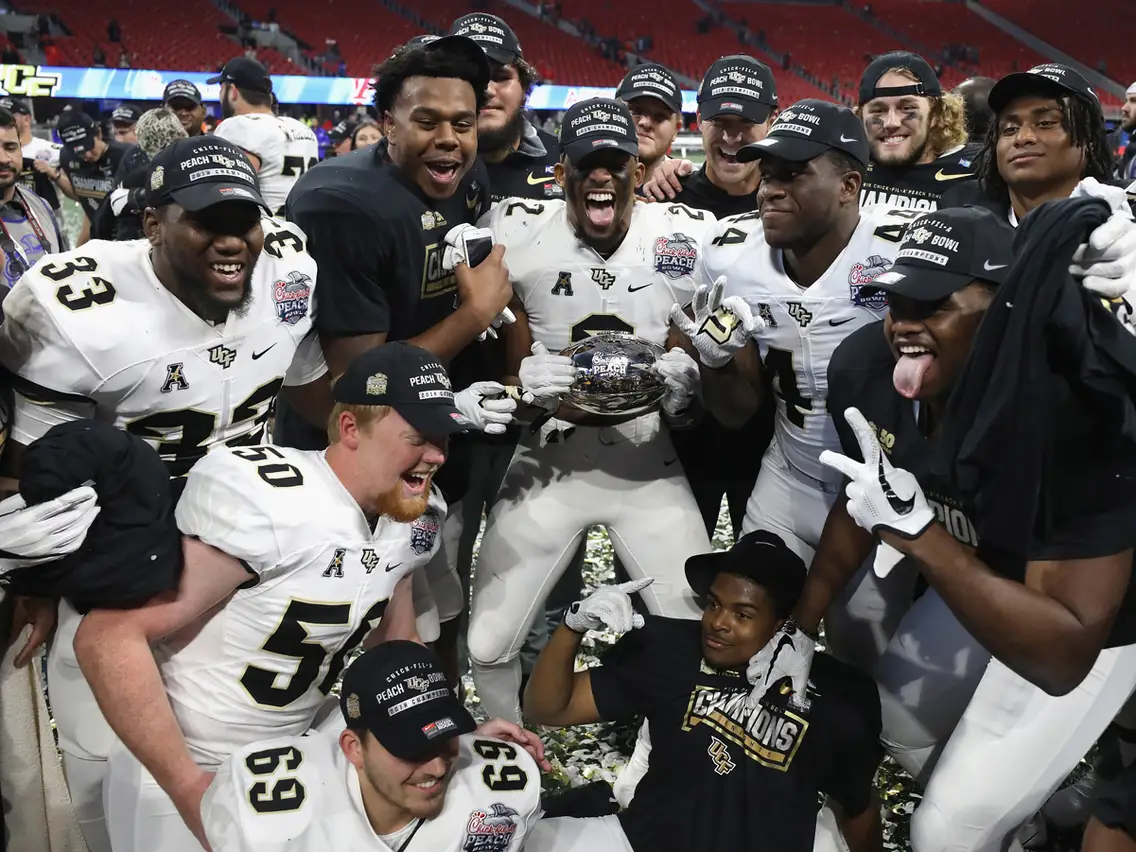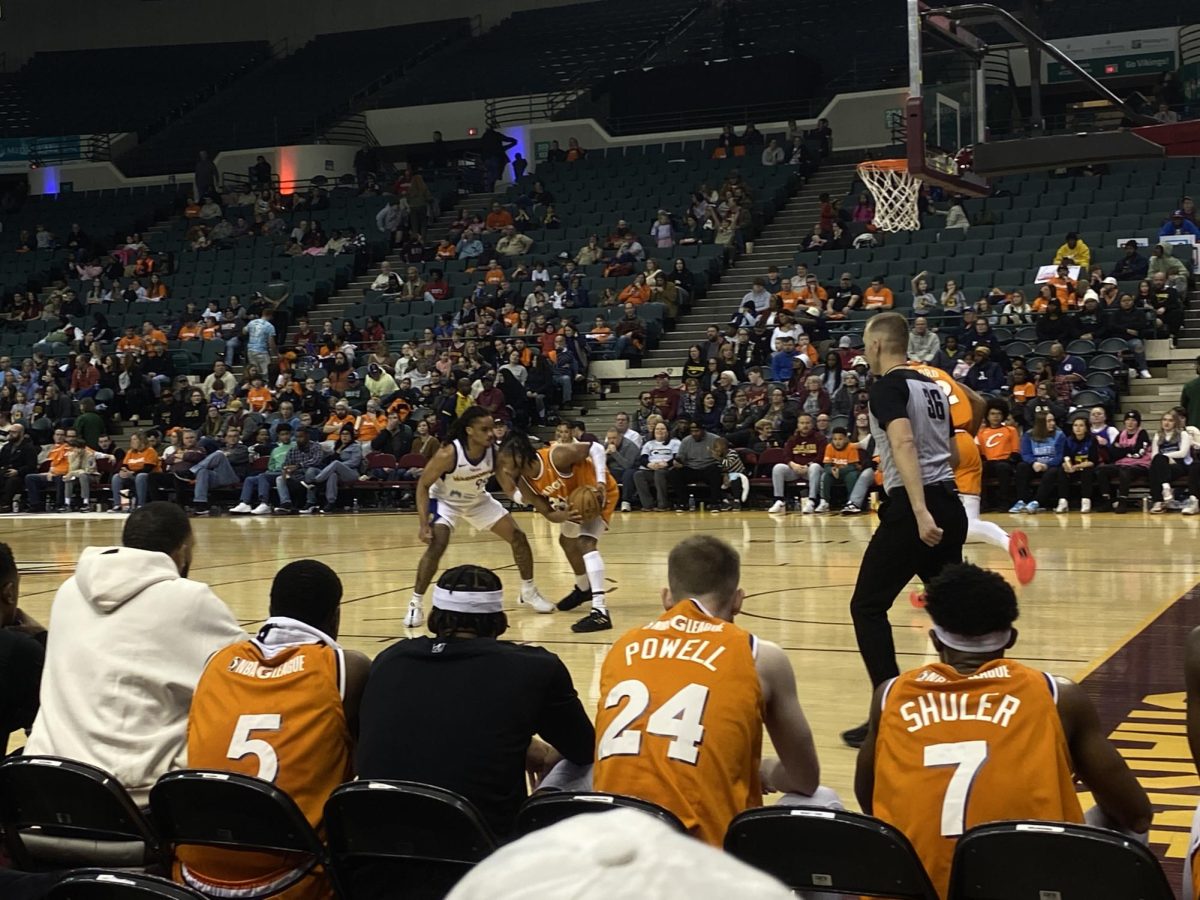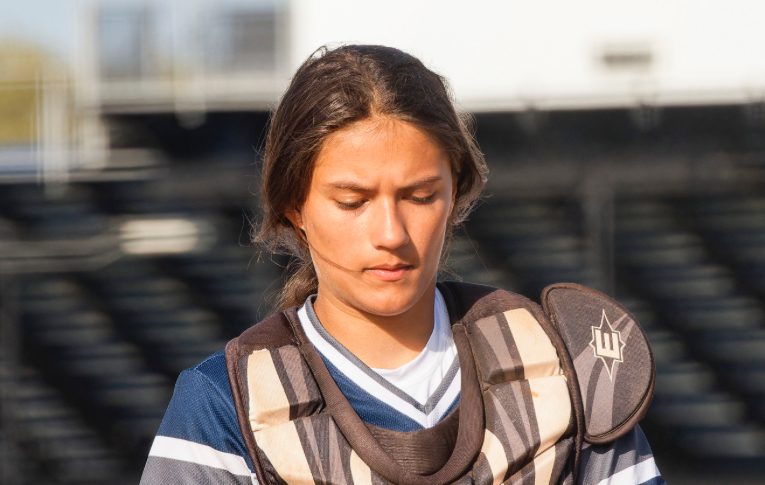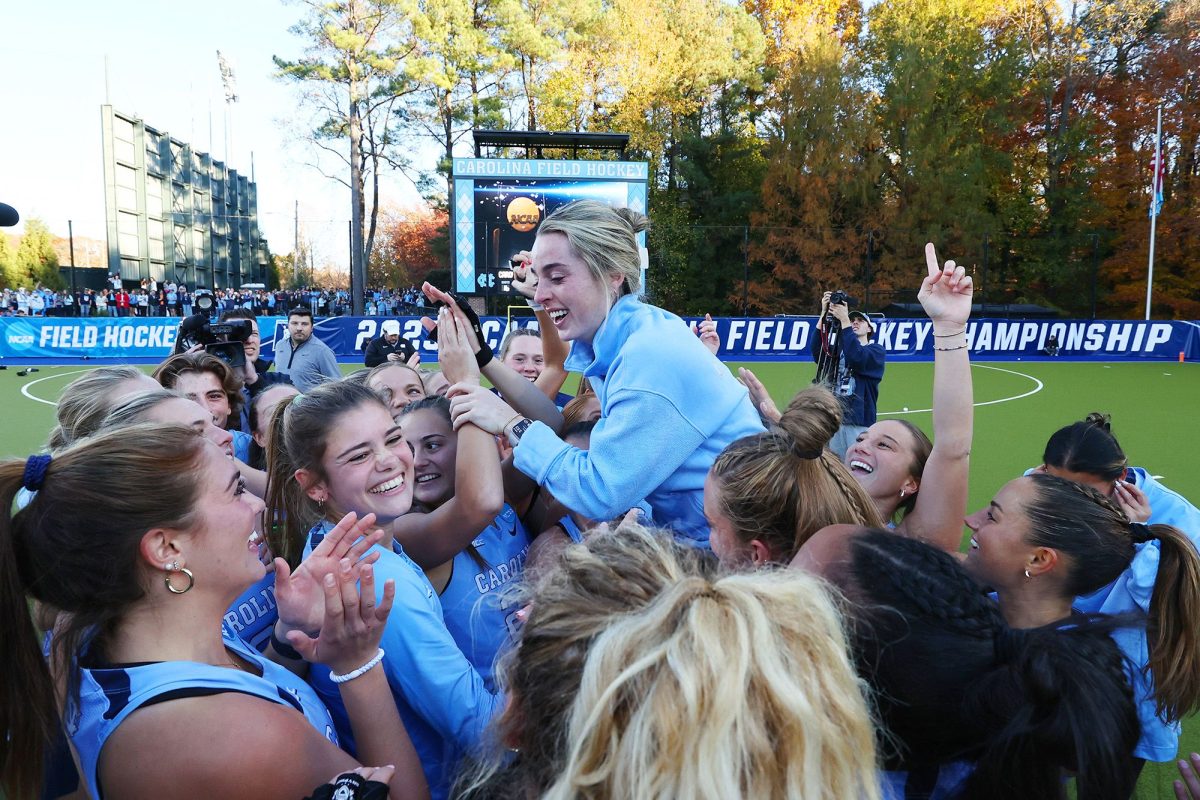For many teenagers, athletics is a cornerstone of the high school experience. Equality in sports is an issue that has been present for quite some time, several steps have been taken to ensure equal opportunities for women in school and professional sports settings.
However, there has also been discourse about whether enough is being done. For many students, participation in school sports is the ticket to their future. For that reason, equality in sports is immeasurably important to ensuring gender is not a barrier to opportunity, especially for students relying on scholarships for their higher education.
In a school setting, many factors determine what makes a girls’ team and a boys’ team equal. One of the most com- monly asked questions is, “Do the girls get the same funding as the boys?”
The answer to this varies. One of the biggest supporters of Hudson Athletics is the Booster Club. The Booster Club helps fund Hudson High School sports teams for expenses like new uniforms and facility updates. As for school-backed funding, Michael Chuppa, the HHS Athletic Director, commented, “Money allocated by the athletic department for yearly team budgets is the same for girls and boys teams.”
The type of sport is also relevant to funding. In a sport like swimming, for example, both girls and boys have similar equipment needs. In something like lacrosse, on the other hand, equipment needs vary.
Brandon Schwind, Head Boys’ Lacrosse Coach at Hudson, spoke on the subject. “When you compare girls’ and boys’ lacrosse, I can speak to the vast difference in mandatory equipment costs. For instance, boys wear helmets, mouthguards, gloves, shoulder pads and arm pads. Girls require a stick, mouthguard and goggles. So the equipment needs are very different and thus could require different budgets.”
Many believe boys get more opportunities than girls, according to Title IX, “No person in the United States shall, on the basis of sex, be excluded from participation in, be denied the benefits of, or be subject to discrimination under any educational program or activity receiving Federal financial assistance.” This federal law bans all discrimination in school athletics.
But does really this change anything in school?
Many female student-athletes at HHS say boys get far more opportunities than girls. Ask a male athlete, and they will say it is fair. This may be because of the subconscious sexism that lies in sports.
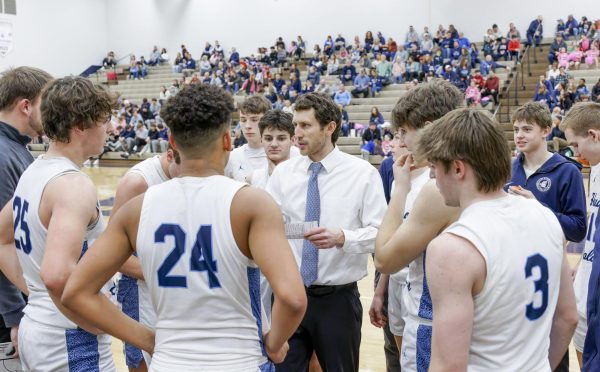
The appeal of a certain sport to fans also determines how much money is designated to support a team. According to a group of sophomore girls at HHS, there is much more of an appeal to the boys’ games than to the girls’ games. Coming to a Friday night basketball game, for example, is much more appealing than on a Saturday for the girl’s game. On the Hudson High School Girls’ Basketball Senior Night, the crowds only started to form as the boy’s game got closer.
The clear lack of support can damage the confidence of these girls’ teams. Such subconscious sexism has a very negative impact, as “normalizing such language within a sporting environment is dangerous and can have long-lasting negative effects on the way female athletes are perceived in male-dominated sports,” according to Women Who Fight. It doesn’t even have to be something that is said to affect the appearance of support at games, it is just the follow-the-leader mindset that many high schoolers have.
Research from Scripps News revealed that 14-year-old girls are dropping out of sports at two times the rate of boys. A survey conducted by Women in Sports in 2022 found that more than 1 million teenage girls dropped out of a sport after elementary school.
This is often caused by the feeling that the sport they are playing is too masculine. Similarly, boys who feel like they don’t fit the “masculine stereotype” tend to want to skip out on certain sports.
Sports are supposed to reflect athletes’ dedication, skills and talents, not their identities. Numerous studies have shown that members of the LGBTQ+ community report feeling excluded from athletics, especially those in the transgender community. There has been much discussion surrounding the inclusion of transgender athletes in girls’ and boys’ teams in high school.
An article by the American Psychological Association said, “As of June 2023, the Equality Federation identified 72 bills introduced to ban transgender students from athletics consistent with their gender identity around the United States, up from 29 such bills introduced in 2022.”
There are mixed opinions as to whether these bans are ethical or not. The main concern of those in favor of the bans is the physical strength one student would have over another in girls’ sports. They feel that if a transgender girl wanted to participate in girls’ sports, she would have an unfair advantage over the other players.
The disparity between men’s and women’s engagement in sports is largely rooted in the upbringing of girls versus that of boys. Statistics show that girls are pushed less to participate in sports, while boys are given much more support in their athletic endeavors. It is also common for youth to be put into “gender-appropriate” sports. For example, if two kids were participating in ice skating and hockey, it would be easy to assume that a girl would do ice skating and the boy would be involved in hockey.
Many components go into the issue of inequality in sports. There have been many advancements that have been made in the athletic departments, but more changes can be made to ensure all student-athletes get the same opportunities.



